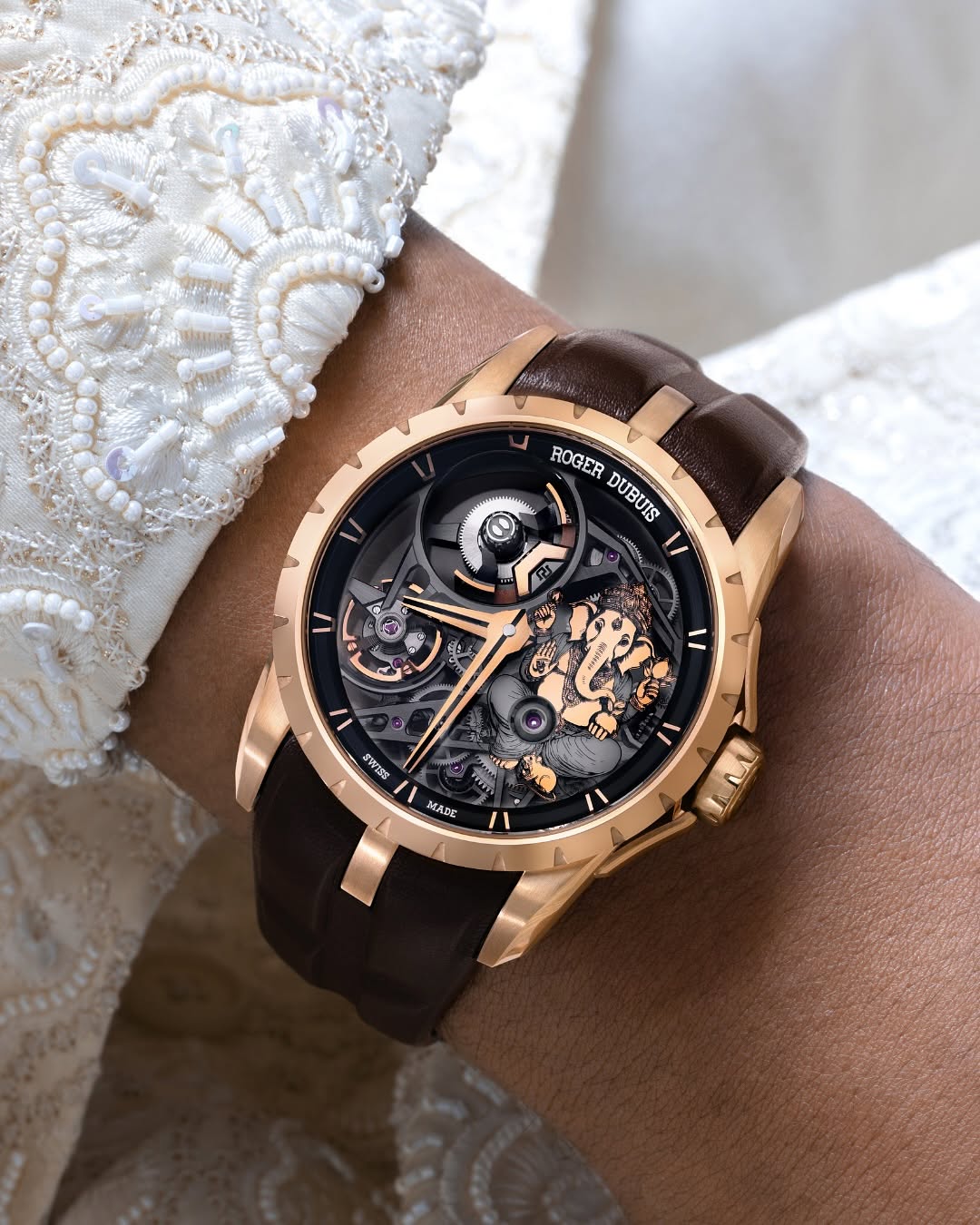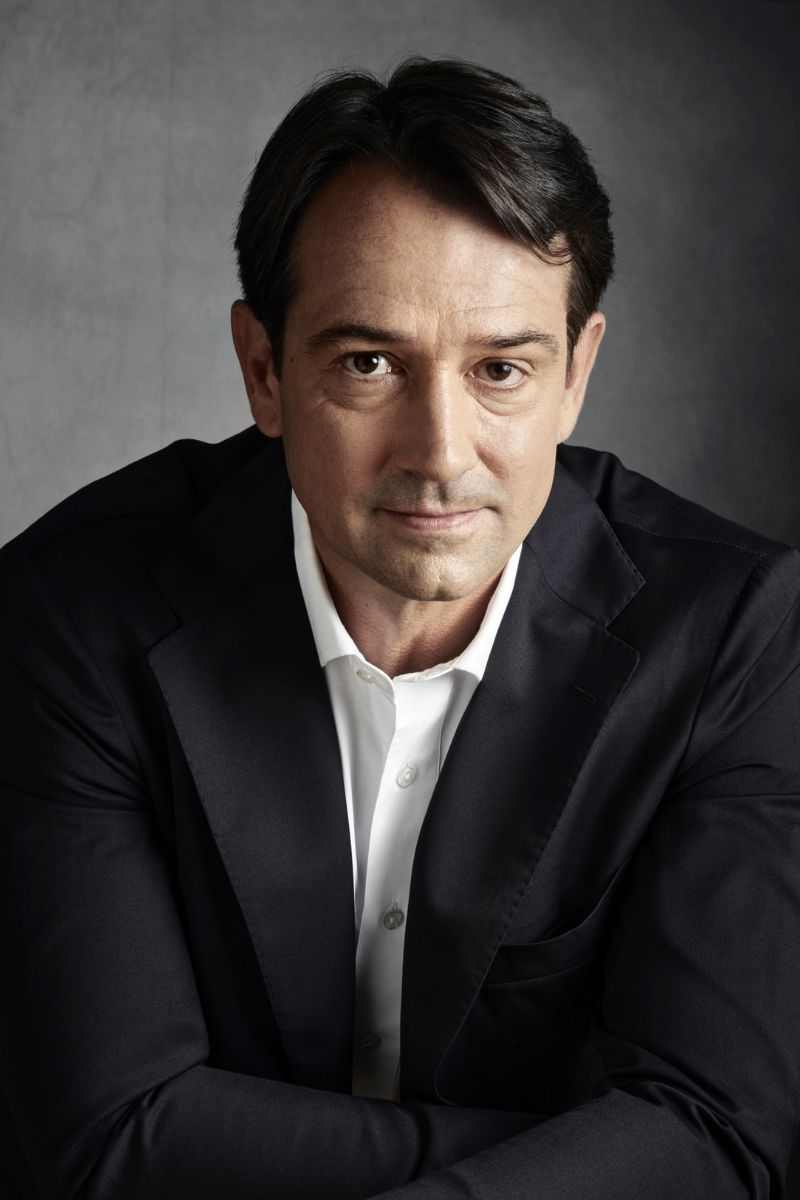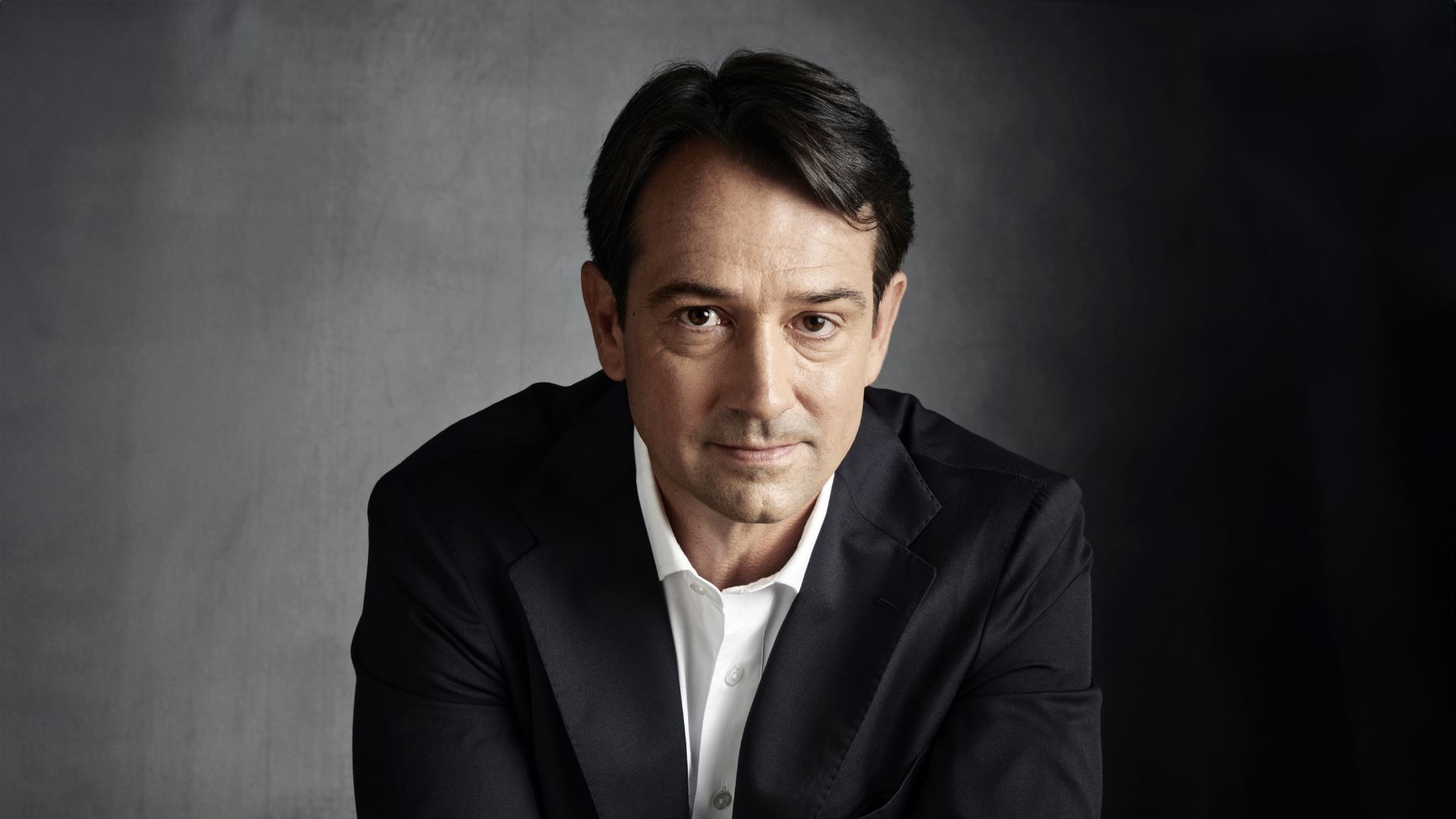2025 has been a landmark year for Roger Dubuis. The Geneva maison marked its 30th anniversary with a string of daring launches, from the Excalibur Flying Tourbillon with Perpetual Calendar at Watches & Wonders to the Monterey reveal of the Spider Chronograph Split-Seconds — all framed by its ongoing partnerships with Lamborghini and Pirelli. In India, the maison celebrated Art of Time’s 10th anniversary with two exclusive editions — the Excalibur Monobalancier Lord Ganesha and the Velvet Automatic — underscoring its commitment to expressive design rooted in cultural storytelling.

At the helm through this milestone is the maison’s CEO, who returned in 2024 after a successful stint leading Baume & Mercier . Having first joined Roger Dubuis in 2008, he is no stranger to its eccentric DNA, and he has made it clear that the anniversary isn’t just about looking back. In this conversation, he reflects on three decades of evolution, the role of automotive partnerships, and what comes next for one of Swiss watchmaking’s boldest names.
You launched a major new chronograph at Monterey Car Week this year. What was that like?
Yes, I was in Monterey. It was an incredible moment, because it’s not only about the watch itself but also about the place. We revealed the Excalibur Spider Chronograph Split-Seconds in partnership with Lamborghini. We welcomed clients and VIPs in a villa just beside the Concours d’Elegance — and in that setting, surrounded by exceptional cars, it made complete sense. The watch itself has a lot of automotive DNA: bridges in the movement that echo the lines of a sports car, and skeletonised elements inspired by rims. The reception was very positive.
The maison has leaned heavily on automotive collaborations in recent years. How did that begin, and where is it heading?
We started a few years ago with Pirelli, integrating their winning tyres into the straps of our watches. Then came the collaboration with Lamborghini, with pieces inspired by the Huracán and later the Aventador. Motorsport and watchmaking have been connected for decades — already in the 1950s to 1970s you had famous watchmakers linked to racing, because time measurement was essential to competition. From that point it evolved. Today it’s not only about function, but also about creating bridges between two communities: the lovers of cars and the lovers of timepieces. Often it’s the same audience, the same clients, so it’s a way to create exposure and shared experiences. And I don’t see this disappearing — it’s a strong part of our DNA now.
This year also marks 30 years of the maison. How would you describe its three decades of evolution?
The maison was founded by Roger Dubuis and Carlos Dias. Roger was already more than 50 when he decided to create his own manufacture in Geneva, which makes the story quite special. The first decade was about establishing legitimacy. We created very traditional, exceptional movements, but combined with unusual design twists. For example, the Sympathie collection with retrograde indications for day, date, and month. These were elegant, delicate timepieces, but with something different that made them stand out.
The second decade was when we fully embraced Excalibur. That meant highly complicated mechanisms with strong expressivity: double tourbillons, skeletonisation, our sword-shaped signature hands. It was successful in building our reputation as a maison of technical showmanship and theatrical design.
The third phase is the one we are in now — where we bring in the motorsport inspiration and reinforce the skeletonised nature of our watches. At Watches & Wonders Geneva this year we presented the Excalibur Flying Tourbillon with Perpetual Calendar Automatic. For me, it’s a blend of all our history: the traditional complications, the skeletonisation, and the expressive design. That’s why it was chosen for the 30th anniversary. And of course there will be more novelties coming, including at Dubai Watch Week later this year.
Some describe the maison as about “balance” — bold and expressive, yet layered. Is that how you see it?
For me, it’s like theatre. When you look at the watch for the first time, there’s a lot happening — bold design, dramatic lines. But then when you look closer, there is a second layer, and then a third. Finishes, small details, things that change depending on the light. That’s how the watch stays alive for the person who wears it — you discover something new every day. So yes, it is expressive, theatrical, but with depth.
Do you have a personal favourite among the anniversary pieces?
I would say the anniversary tributes. The Excalibur Flying Tourbillon with Perpetual Calendar is very meaningful to me because it’s a direct homage to Mr Roger Dubuis himself. It connects back to his early creations, while also showing what the maison has become.
How do you view the Indian market today?
India has changed a lot in the last five years. Clients are more curious, more engaged, more interested in understanding the depth of what we do. That gives us an opportunity to connect on a personal level. In Geneva, for example, we host collectors in our manufacture, to show them exactly how we create our pieces. We also work with specialised Geneva jewellers on unique commissions, and our “Rarities” programme lets us co-create watches with clients — literally designing their dream timepiece.
That ties in with the India-exclusive editions you created for Art of Time this July.
Yes, together with Art of Time for their 10th anniversary we released two very special watches. The Excalibur Monobalancier Lord Ganesha Edition — a 42mm pink-gold piece with a sapphire dial bearing a metalised artwork of Lord Ganesha, powered by our RD720SQ calibre — and the Velvet Automatic, a 36mm pink-gold piece for women, with a green mother-of-pearl dial, diamonds, and the Roman numeral “X” highlighted in green for Art of Time’s ten years . It was a very collaborative process, with a lot of back-and-forth on design to ensure it really resonated with Indian collectors.
Your own passion for watches began with your grandfather’s pocket watch. Has that stayed with you?
Yes, that’s true. My grandfather had a pocket watch that fascinated me. You could open it, see the gears and movement, and that left a big impression on me. It made me love mechanics. I eventually studied business rather than engineering, but if I had to start again I might have gone into watchmaking school. The mechanics are still what impress me the most.
Finally, looking ahead — what excites you about 2026?
The roadmap is really about continuing what I described earlier: blending Geneva’s traditional watchmaking codes with our own theatrical expressivity. We’ll show important new pieces at Dubai Watch Week in November, and then continue with more novelties throughout the year. You will see where we are going very clearly: a balance of technical mastery and bold design.






